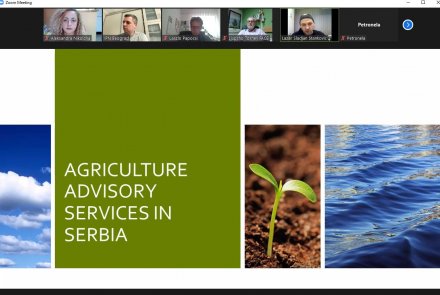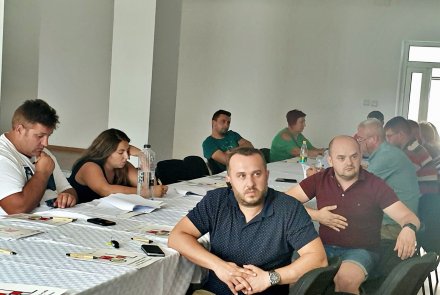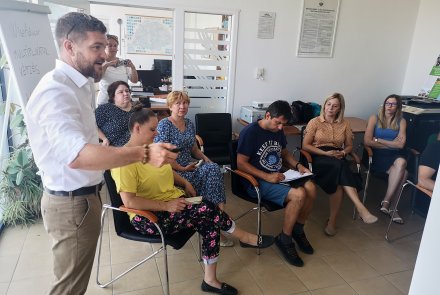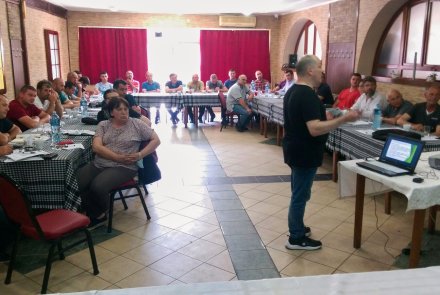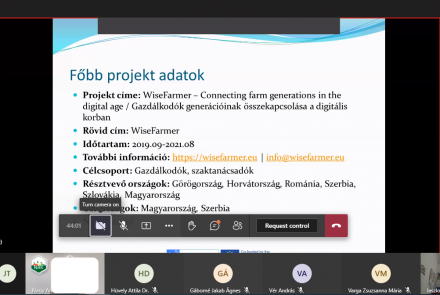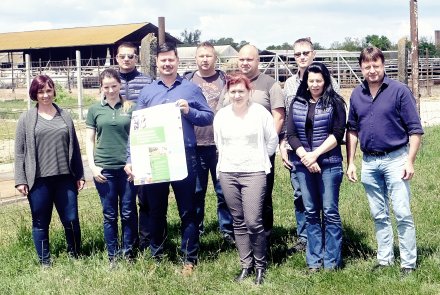Publication and presentation at the ESEE Conference and Journal
Experts of our project partnership lead by AUA prepared a conference publication, for the occassion of the European Seminar on Extension and Education (ESEE) which is usually participated by a group of educators and advisors, holding a biennial conference and publishing a Journal on topics related to agricultural extension and education. This year it was organized between 21-23 June 2021 at Teagasc Ballyhaise Agricultural College, Cavan, Ireland and online. Website of the event: https://esee2021.ie/
The findings of the WiseFarmer survey was presented by Cosmin Salasan, BUAS. Video link: https://youtu.be/6v1ghQeQjKY
Over the last decades, within the discourse of ‘information/knowledge society/economy’, the impact of ICTs on development, enabling low-cost creation, access and distribution of information, and re-structuring and re-organising the spheres of production, distribution and circulation has become a matter of great importance. More particularly, in the framework of (agricultural and rural) development and poverty alleviation, ICTs’ potential impact on the innovation-diffusion process has drawn the attention of both scholars and practitioners and has resulted in lively debates (see, inter alia, FAO, 2003). The proponents of ICTs, take an optimistic view and highlight the positive (potential) effects of ICTs to create new economic, social and political opportunities, while another strand takes a pessimistic view stressing that the existing socio-economic inequalities do not allow for such prospects. Within such a debate, the UN (2006), while appreciating new media’s importance and acknowledge that access to information is a basic human right, also note the persistence of the so-called ‘digital divide’. The term refers to the dichotomous distinction between people who have access to the Internet or not resulting from varying socio-economic, cognitive, and cultural resources. Nowadays, the digital divide is considered as being a multifaceted, complex and dynamic phenomenon with different forms of access been conceived as layered, with material access at the bottom (see Alexopoulos et al., 2010). The Covid-19 pandemic and the associated lock-downs, along with the forced digitalisation of various public services, education and work, have again highlighted the fact that many people today do not have the infrastructure, tools or knowledge to go digital.


